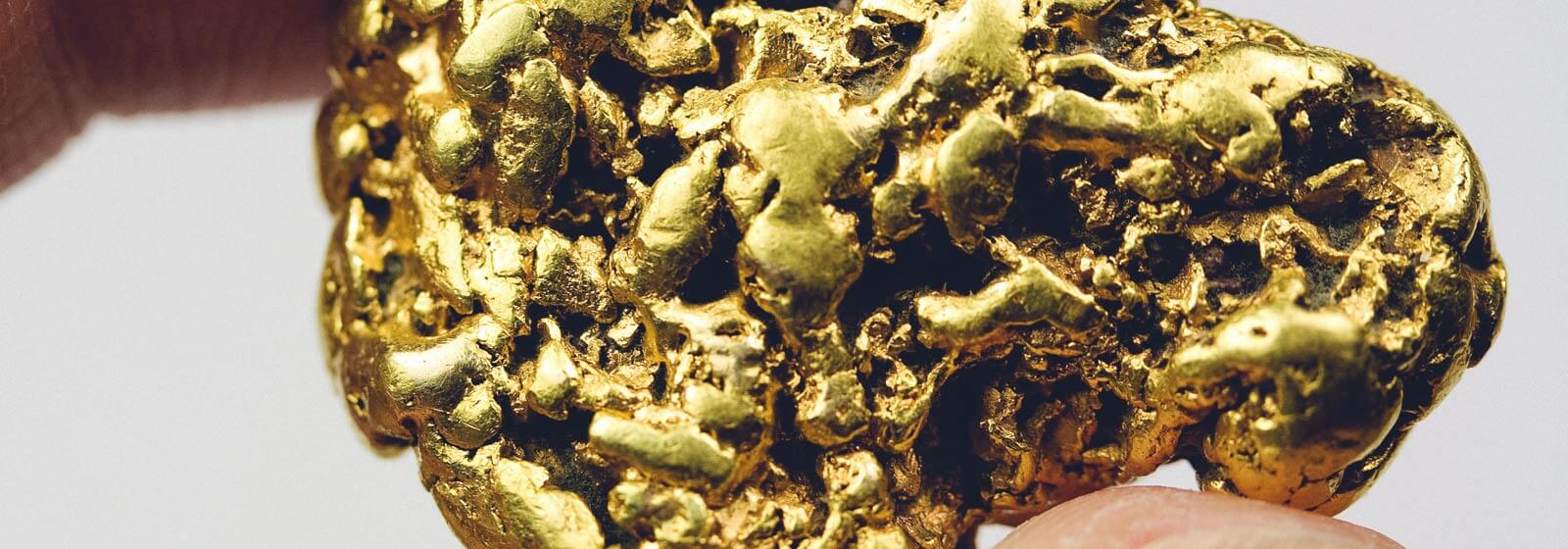Looked at through the eyes of a scientist, gold is a “transition metal” with an atomic number of 79 and carrying the symbol “Au”, from the Latin word aurum. But these dry facts do not tell us a great deal about the essence of gold, and gold bullion as an object of fascination and desire, nor about its role as a store of value without equal. This article looks at the nature of gold, its features, why it is in such demand across the world and how we view this irreplaceable asset.
Three Key Features of Gold
There are three key features of gold that help to explain its unique status:
- It is relatively durable.
- It is relatively rare.
- Its industrial uses are limited and substitutes for gold in industry are plentiful.
This last point is especially important. Silver is a precious metal, yet it has also been in huge demand from industry. Platinum, palladium and rhodium – also precious metals – are used in catalytic converters. But gold has few applications beyond dentistry, and some limited use in electronic circuitry, and it is not essential in either.
Demand for Gold
Figures from the World Gold Council show global demand for gold, and gold bullion totalled 1,074.5 tonnes in the first quarter of 2014. Industrial/medical use accounted for 99 tonnes in all, or just over nine per cent of the total:
- 7 tonnes went to the electronics industry.
- 7 tonnes went for other industrial purposes.
- 6 tonnes went to dentistry.
A further 404 tonnes, or 38 percent of the total demand for gold, was accounted for by the financial sector:
- 282 tonnes were accounted for by private demand for gold as a financial asset.
- 122 tonnes were accounted for by purchases by central banks, a “net” figure after any central-bank gold sales were taken into account.
The remaining balance of 570.7 tonnes, or 53 per cent, is made up of demand from the jewellery industry. But even some jewellery demand is at the very least “dual purpose”, given that throughout Asia and the Middle East, gold jewellery is treated as being as much a store of value as personal decoration. That means the total amount of demand for gold as a financial asset is much higher than the figures would suggest.
Private Gold Buyers Breakdown
The total of 282 tonnes of gold and gold bullion sold to private buyers as a financial asset breaks down as follows:
- 4 tonnes went to make gold bars.
- 1 tonnes were struck as bullion coins.
- 14 tonnes were used for medals and imitation coins.
So the landscape of gold demand reflects the nature of the “yellow metal”, with a sizeable amount – perhaps more than half – resulting from its special status as the “asset of last resort”, the only financial asset that is nobody’s liability thus does not rely on anyone else’s ability to pay.
Gold is indeed, a unique, irreplaceable asset.





